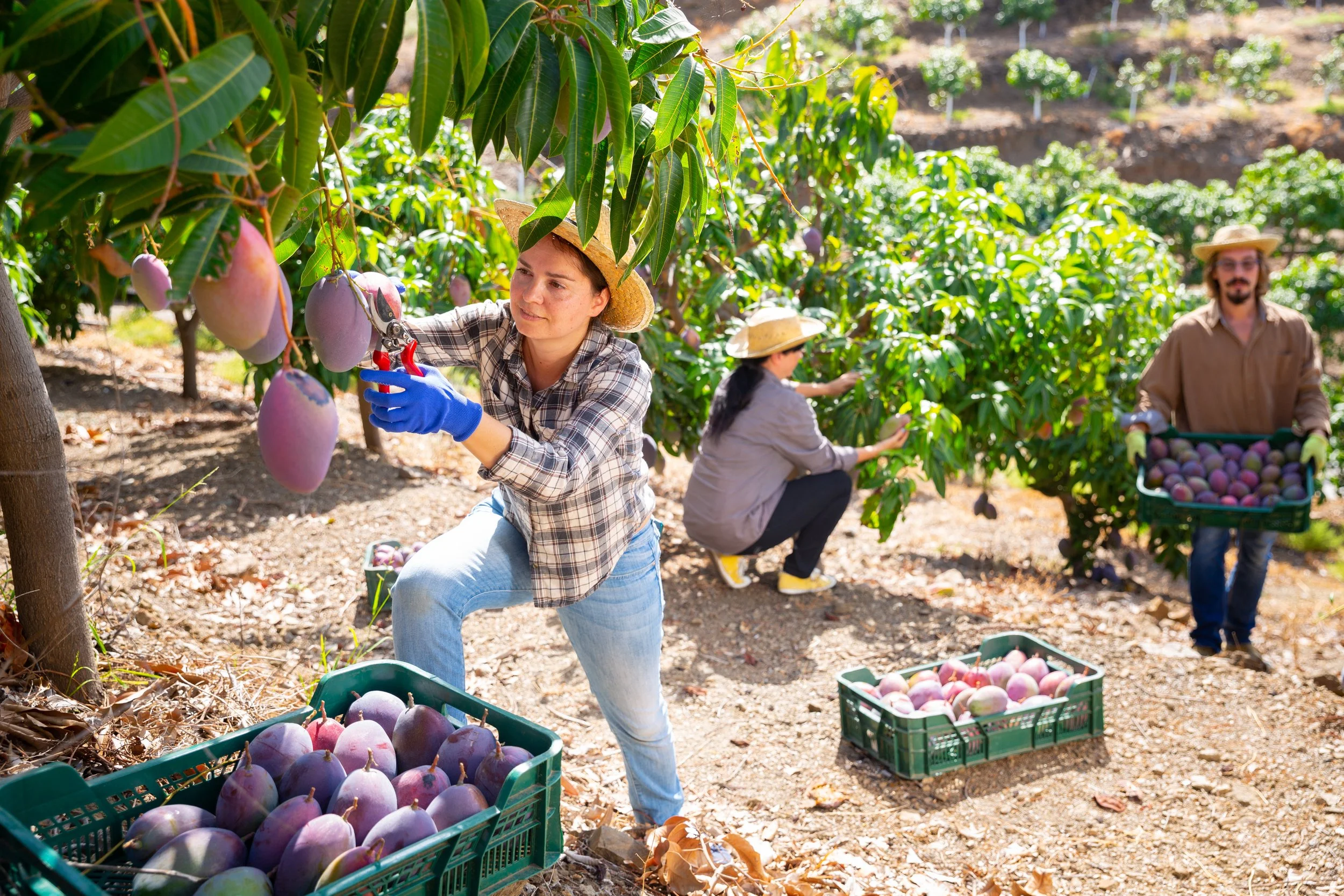The Rise of Mangoes in Sicily: Adapting Crops to a Warmer Europe
For centuries, Sicily has been synonymous with Mediterranean staples like lemons, olives, and grapes. But over the past two decades, a quiet transformation has taken root across the island: mango cultivation.
Once limited to tropical and subtropical latitudes, mangoes are now thriving in Sicily’s evolving climate. Since around 2004, local farmers have been experimenting with mango trees, and by 2023, the cultivated area had grown from an initial 10 hectares to roughly 1,200 hectares. This trend, driven by both economic pressures and shifting climate conditions, illustrates how the agrifood industry is adapting in real-time to environmental disruptions.
The Mediterranean basin, including Sicily, is warming approximately 20% faster than the global average. Average annual temperatures in parts of Sicily now exceed 18°C (64.4°F), with peak summer temperatures regularly reaching 35°C (95°F) and above - climatic conditions that fall well within the optimal range for Mangifera indica, the common mango. The region has also seen increasingly unpredictable rainfall patterns, impacting traditional citrus yields. In contrast, mango trees have demonstrated resilience under both drought and heat stress, requiring roughly 1,200 mm of annual water input - manageable with precision irrigation systems.
The agronomic metrics are compelling. Traditional lemon cultivation in Sicily yields around 20 tons per hectare, generating an average price of €1.22/kg. Mango farms, by comparison, have reported yields up to 25 tons per hectare, with selling prices reaching €5.50/kg on the local and northern European markets. These figures are economically transformative, especially for smallholder farmers seeking to maintain viability amid rising input costs and climate unpredictability. One standout example is the "PapaMango" farm in Messina, which now produces over 100,000 pounds (around 45 metric tons) of mangoes annually on a 17-acre plot.
Yet this is not simply a climate curiosity. The emergence of Sicily as a mango-producing region underscores a broader recalibration in global supply chains. While South Asia and Latin America remain dominant exporters, European demand for fresh, low-carbon-footprint tropical fruit is on the rise. Sicily’s proximity to EU markets provides a distinct logistical advantage, cutting down on cold chain requirements and reducing spoilage-related losses. Moreover, collaboration with research centers like the University of Palermo drives innovation in localized agronomic practices - from optimizing flowering cycles to implementing sustainable fertilization regimes.
In this context, Sicily’s mango boom is both a case study in climate adaptation and a bellwether for the future of European agriculture. It raises important questions about how regional specialties evolve, what metrics define agricultural success in a warming world, and how supply chains might need to be restructured to align with new production geographies. As southern Europe heats up, crops once thought exotic may soon become mainstream - challenging long-held assumptions about what grows where, and why. This is precisely where a platform like Helios can make a difference.
For producers, buyers, and agri-investors navigating volatile climates, shifting crop suitability, and emerging market dynamics, Helios offers a real-time, data-driven decision engine, with the ability to create your own version of the Helios platform to suit your specific needs. Whether it's forecasting future yield potential under new climatic norms, modeling the financial viability of switching from lemons to mangoes or identifying the most resilient regions for tropical fruit expansion, working with Helios enables stakeholders to make confident, timely decisions. In a world where growing conditions change faster than planting cycles, Helios becomes not just a tool - but a strategic partner.


